
Kudos has partnered with CardRatings and Red Ventures for our coverage of credit card products. Kudos, CardRatings, and Red Ventures may receive a commission from card issuers. Kudos may receive commission from card issuers. Some of the card offers that appear on Kudos are from advertisers and may impact how and where card products appear on the site. Kudos tries to include as many card companies and offers as we are aware of, including offers from issuers that don't pay us, but we may not cover all card companies or all available card offers. You don't have to use our links, but we're grateful when you do!
10 Smart Ways to Slash Your Car Insurance Costs (2025)
July 1, 2025


1. Shop Around for Better Rates
Insurance prices vary wildly between companies, so comparing quotes is essential. No single insurer is cheapest for everyone. In fact, one analysis found that rates can differ by over $3,000 per year for the same driver depending on the insurer. By shopping around at every renewal, you ensure you’re not overpaying. Get quotes from multiple insurers (including lesser-known regional companies) and don’t hesitate to switch if you find a significantly lower rate for the same coverage. Many experts recommend checking rates annually or whenever your policy is up for renewal. Since insurers weigh factors differently, another company might offer you a much better deal.
Why it works: Each insurer has its own pricing formula. Regularly comparing options lets you capture any available savings. Even if you’ve been with one company for years, you might discover another insurer can offer the same coverage for hundreds less per year. Loyalty can be costly, so shop around to keep insurers honest and your rate competitive.
2. Bundle Your Policies
Insurance companies reward customers who bundle multiple policies. Bundling means getting your auto insurance and other coverage (like homeowners or renters insurance) from the same insurer. Most providers offer significant multi-policy discounts for this. For example, combining your car and home insurance under one company could knock 10% or more off your premiums. Similarly, insuring more than one vehicle with the same insurer (a multi-car policy) typically yields a discount.
Why it works: Insurers want more of your business, so they incentivize bundling. It’s a win-win – you get a lower overall rate (and the convenience of one bill), while the insurer keeps you as a customer for multiple products. Just be sure that the bundled rate truly beats separate policies from different insurers. Often it does, but always double-check by comparing the bundled quote against standalone quotes. If you have a home, renters, or another vehicle, bundling is one of the easiest ways to lower your total insurance costs.
Shopping for insurance? Kudos quickly compares top carriers and finds hidden perks—free and easy to use.
3. Raise Your Deductible
Your deductible is the amount you pay out-of-pocket on a claim before insurance covers the rest. Choosing a higher deductible can significantly lower your premium. For instance, raising your deductible from $200 to $500 could reduce your monthly cost by 15–30%. Even larger deductibles (like $1,000) can yield bigger savings on premiums. This is because you’re agreeing to shoulder a bit more risk, so the insurer charges you less.
Why it works: A higher deductible directly reduces the insurer’s potential payout on each claim, so they compensate you with a lower rate. If you rarely file claims, a high deductible can be very cost-effective. Important: Only raise your deductible to an amount you could comfortably pay in an emergency. You need to have that deductible money set aside just in case. But if you can afford a $1,000 hit in the event of an accident, you’ll enjoy a cheaper premium in the meantime.
4. Drop Unnecessary Coverage on Older Cars
If your car is old or not worth much, paying for extensive coverage might not make financial sense. Collision and comprehensive insurance cover damage to your own vehicle, but for a low-value car their premiums can exceed what you’d ever get back. As a rule of thumb, if your vehicle is worth only a few thousand dollars, consider dropping collision and comprehensive coverage. You would then carry just the required liability insurance (and maybe uninsured motorist coverage) to meet legal mandates. This move can save a lot on premiums, freeing you from paying for coverage that might never pay out meaningfully.
Why it works: Collision and comprehensive often make up a big portion of full-coverage premiums. On an older “beater” car, these coverages might cost more over a couple years than you’d recover if the car were totaled. By downgrading your coverage to liability-only on such vehicles, you lower your costs while still being financially responsible. Just be sure you could absorb the loss if the car gets damaged – essentially, you’re self-insuring the vehicle. For many drivers with older cars, this trade-off is worth it to dramatically cut insurance expenses.
5. Improve Your Credit Score
Believe it or not, your credit score can have a major impact on car insurance premiums. In most states, insurers use a “credit-based insurance score” as a rating factor – and drivers with good credit typically pay much less. In fact, moving from a “poor” credit tier to “fair” or “good” credit can save you over $1,000 per year on auto insurance. That’s because statistically, people with higher credit are less likely to file claims. To leverage this, work on boosting your credit: pay bills on time, reduce debt, and fix any credit report errors. Even modest improvements (e.g. raising your FICO score from the 600s into the 700s) may qualify you for noticeably lower rates at renewal.
Why it works: Insurers view good credit as a sign of responsibility. Drivers with higher credit scores tend to file fewer claims, so companies reward them with cheaper insurance. The flip side is that poor credit can double your insurance rate in some cases. The effort you put into improving your credit will not only earn you better loan rates, but can directly reduce your insurance costs too. (Note: A few states like California, Hawaii, Massachusetts, and Michigan prohibit credit from being used in car insurance pricing. But in most of the U.S., credit is key.)
6. Maintain a Clean Driving Record
Unsurprisingly, your driving history plays a huge role in what you pay. Tickets, accidents, DUIs – any blemish on your record will send your premium upward. To keep rates low, focus on safe driving and avoiding claims. Many insurers offer safe-driver discounts for going a certain number of years without any accidents or violations. On the other hand, just one at-fault accident or serious ticket can spike your rates for years. For example, a single speeding ticket can raise your auto premium by 20–30% (depending on your state and insurer), and an at-fault accident could increase it even more. The best strategy is preventative: follow traffic laws, drive defensively, and don’t give your insurer a reason to charge more.
Why it works: Insurance is all about risk, and past behavior predicts future risk. A clean record tells insurers you’re a low-risk driver, deserving of their best rates. Some companies even offer vanishing deductible perks or accident forgiveness if you stay claim-free for a long time. But if you slip up, the surcharge can be significant and usually sticks around for 3–5 years. The good news is over time your record can recover. If you had a rough patch previously, every claim-free year helps your rates gradually fall back down. Bottom line: safe driving is one of the most effective (and within-your-control) ways to keep insurance affordable.
7. Take Advantage of All Discounts
Car insurance companies offer a menu of discounts – make sure you’re getting every one you qualify for! Common auto insurance discounts include:
.avif)
- Multi-policy & Multi-vehicle – as mentioned, insuring multiple policies or cars with the same company lowers your rate.
- Safe driver – discount for a clean record over a period (no accidents or claims for X years).
- Good student – young drivers with a B average or higher can save with many insurers.
- Vehicle safety – cars with anti-theft devices, airbags, anti-lock brakes, or other safety features often earn discounts.
- Defensive driving course – completing an approved safe driving course can net a discount (especially for senior or teen drivers).
- Payment & Paperless – you can save by paying your premium in full upfront, setting up automatic payments, or opting for e-statements.
- Affinity or occupation – some insurers offer discounts for certain professional groups, alumni, or military service members.
Ask your agent or check your insurer’s website for a full list of discounts. Sometimes simply asking can reveal savings you weren’t getting. Don’t assume they’ve applied everything automatically – it’s worth a phone call to review. Even smaller discounts (5% here, 10% there) can add up to substantial dollars off your bill. Make it a habit to double-check available discounts at each renewal, especially after any life changes (new job, marriage, new driver in household, etc.) that might unlock new savings.
8. Consider Usage-Based Insurance
If you’re a safe or low-mileage driver, usage-based insurance programs could lower your costs. Many insurers now offer telematics programs – you install a smartphone app or plug-in device that monitors your driving habits (speed, braking, mileage, time of day driven, etc.). If you drive safely, you can earn significant discounts on your premium. For example, Progressive’s Snapshot, State Farm’s Drive Safe & Save, and other similar programs advertise discounts often ranging from 10% up to 30%+ for the safest drivers. Likewise, if you don’t drive many miles, look into pay-per-mile insurance options. Companies like Metromile, Allstate (Milewise), and Nationwide offer policies where you pay a low base rate plus a per-mile charge – great for people who put only modest mileage on their car each year.
Why it works: Usage-based insurance personalizes your rate to how you actually drive, rather than broad averages. If you’re confident in your driving behavior (no hard braking, no excessive speeding) or you drive far less than the typical 12,000 miles a year, you could reap rewards with this type of program. It’s one of the few ways you can actively lower your rate during a policy term. Keep in mind, programs are voluntary – and you can opt out if you’re not comfortable with the monitoring. But many drivers find the trade-off well worth the potential savings on their car insurance.
9. Drive a Car That's Cheaper to Insure
Before your next car purchase – or even with your current car – remember that vehicle choice affects insurance premiums. Generally, family-friendly vehicles with strong safety records and lower repair costs (think mid-size SUVs, minivans, sedans) are cheaper to insure than sports cars, luxury models, or high-horsepower vehicles. Expensive cars cost more to repair or replace, and high-performance cars tend to incur more frequent claims, so insurers charge accordingly. To lower your insurance, consider driving a modest, safe vehicle. Additionally, adding anti-theft devices or advanced safety features can further reduce your rates by qualifying you for discounts. Some insurers even give a small discount for hybrid or electric vehicles (though this can vary, and certain EV models might cost more to insure due to repair costs).
Why it works: Car type is a key rating factor. An older Honda Accord will typically be far less costly to insure than a brand-new BMW or a fast sports coupe. If you’re car shopping, compare insurance quotes for the models on your list before you buy – you may be surprised how much premiums can differ. Choosing a car with a lower risk profile can save you hundreds per year on insurance. And if you’re not ready to change cars, you can still save by enhancing your current car’s security (e.g. install a tracking device or alarm) and letting your insurer know. A safer car for you means a safer bet for your insurer, leading to a lower premium for coverage.
10. Review Your Policy Regularly
Don’t “set and forget” your auto insurance. Make it a point to review your policy at each renewal to ensure it still fits your needs and budget. Life circumstances can change – maybe you now drive fewer miles, or you moved to a safer neighborhood, or your teen driver went off to college (and left their car at home). These factors can alter your rate. Update your insurer about any changes that could lower your premium (for example, shorter commute distance or installing a telematics device). Also, check that you’re not paying for add-ons you no longer need. You might have added roadside assistance or rental car reimbursement years ago, but if those aren’t necessary now (perhaps you have coverage through a credit card or motor club), removing them could trim your bill.
Regular checkups help catch potential savings. There might be new discounts or programs available since you last looked. Insurance companies also adjust their pricing over time, so the policy that was cheapest two years ago might not be best now – reinforcing why shopping around is an ongoing effort. By actively managing your policy and communicating with your insurer or agent, you ensure you’re taking advantage of every opportunity to keep costs down. In short: treat your auto policy like a financial plan – revisit it periodically to optimize for savings and adequate protection.
FAQ and Conclusion
Can I just ask my insurance company to lower my rate?
No. Simply asking won’t prompt an insurer to reduce your premium. Insurance rates are determined by risk factors and pricing algorithms, not by negotiation. However, you can lower your rate by shopping around for a better deal or qualifying for new discounts with your current insurer. If you think you’re paying too much, get competing quotes – and if you find a cheaper offer, you can switch companies with no penalty at renewal. Your insurer is unlikely to voluntarily cut your rate, but market competition can do it for you.
Does a good credit score really help lower car insurance?
Yes. In most states, having a good or excellent credit score can substantially lower your car insurance premium. Insurers see good credit as a sign of financial responsibility and lower risk. For example, drivers with top-tier credit scores often pay much less than drivers with poor credit for the same coverage. (Keep in mind a few states don’t allow credit to be used in insurance pricing.) If your credit score improves, be sure to ask your insurer to re-evaluate – it could drop your rate at your next renewal.
Will my insurance go down after an accident or ticket over time?
Eventually, yes. After an at-fault accident or traffic violation, insurers typically surcharge your policy, making it more expensive. These surcharges aren’t permanent – they usually fall off after 3–5 years of clean driving, and your rates should decrease at that time. In the short term, there’s not much you can do to immediately lower your rate following an accident except to maintain a clean record going forward. Over a few claim-free years, your “bad mark” ages out and insurers will start to recalibrate your premium back down. Patience and safe driving are key; you’ll need to prove over time that you’re once again a low-risk driver.
Will car insurance rates ever go back down in general?
Not right away. Auto insurance costs have been trending up due to higher claim expenses, riskier driving, and other factors, and experts don’t expect a significant nationwide decrease in the near term. That said, rate increases may slow if inflation and claim costs stabilize. And your personal rate can go down if you take action – for example, moving to a lower-cost area, improving your credit, or switching to a cheaper insurer could reduce what you pay. While we may not see overall premiums plummet soon, savvy consumers who regularly compare options and optimize discounts can still find relief and score a lower rate even in a rising market.
Should I shop for car insurance every year?
Yes. It’s wise to compare insurance quotes annually (or at every renewal). Prices can change, and a company that was cheapest for you last year might not be this year. By shopping around each time, you ensure you’re getting the best deal available and not leaving savings on the table. There’s no penalty for switching insurers frequently; in fact, many people who shop each year save money by moving to a new company that offers a better rate for their current situation. At minimum, doing a yearly market check-up on your car insurance is a smart habit to keep your costs in check.
Conclusion: Save Money and Stay Covered
.avif)
Sky-high car insurance premiums don’t have to be a “new normal” for your budget. By using the strategies outlined above – from savvy shopping and bundling, to keeping a clean driving record and leveraging discounts – you can shrink that insurance bill. Many drivers are managing to save hundreds of dollars a year by proactively managing their auto coverage. The key is to take action: review your policy, ask the right questions, and don’t hesitate to make changes or switch insurers if it benefits you.
Remember, the goal is finding the best value for the coverage you need. The lowest price isn’t worth much if an accident leaves you underinsured. So while you trim costs, maintain adequate protection for yourself and your vehicle. With a bit of effort, you can strike the right balance – solid coverage at an affordable price.
Finally, take advantage of tools and resources that can make the process easier. Comparison websites and services (like Kudos) can quickly show you multiple quotes and even uncover hidden perks, ensuring you’re not overpaying. Staying informed and being proactive are your best weapons against rising insurance costs. With these tips, you’re now prepared to navigate the insurance market confidently, save money, and still drive with peace of mind.
Unlock your extra benefits when you become a Kudos member

Turn your online shopping into even more rewards

Join over 400,000 members simplifying their finances

Editorial Disclosure: Opinions expressed here are those of Kudos alone, not those of any bank, credit card issuer, hotel, airline, or other entity. This content has not been reviewed, approved or otherwise endorsed by any of the entities included within the post.
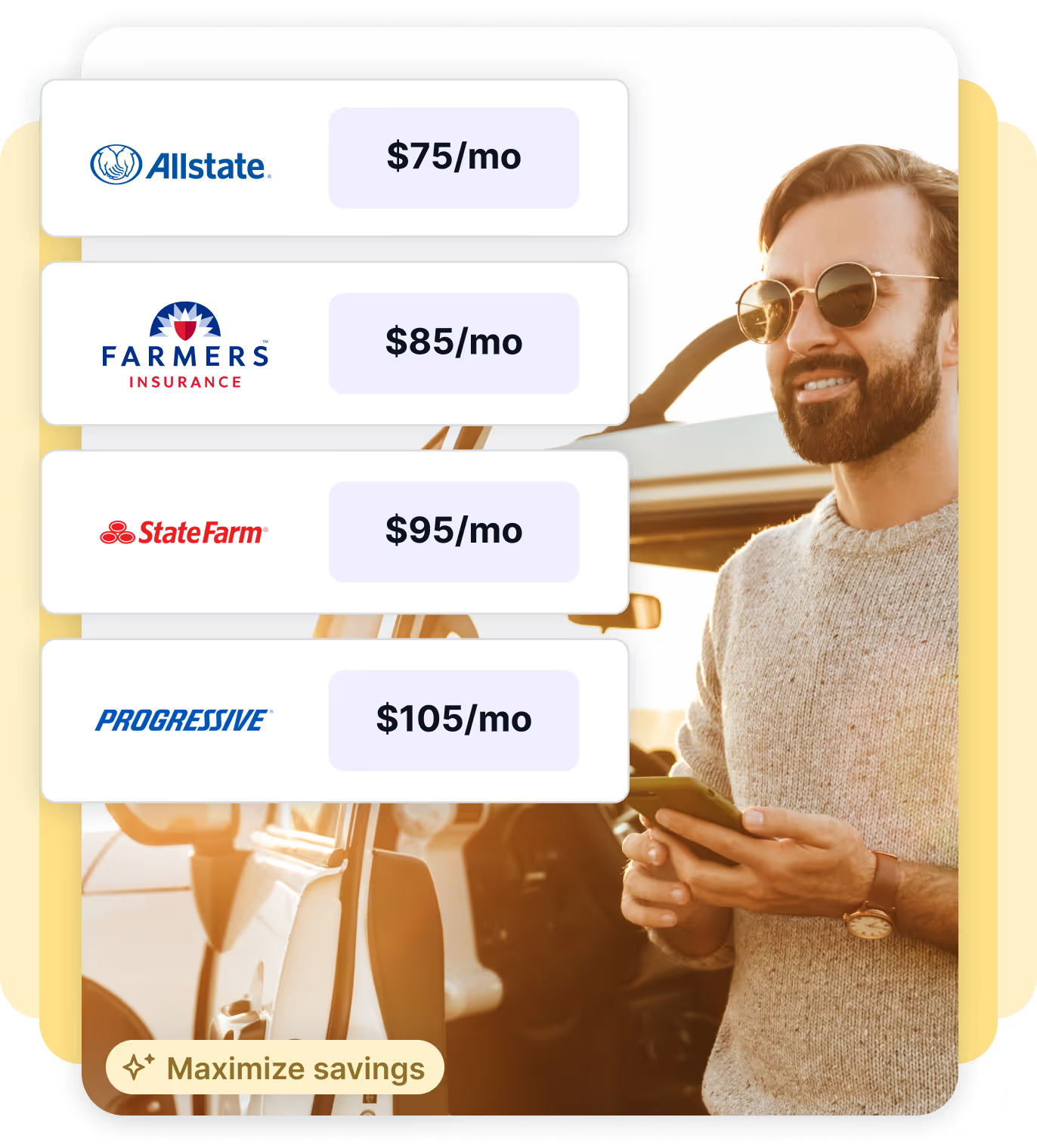
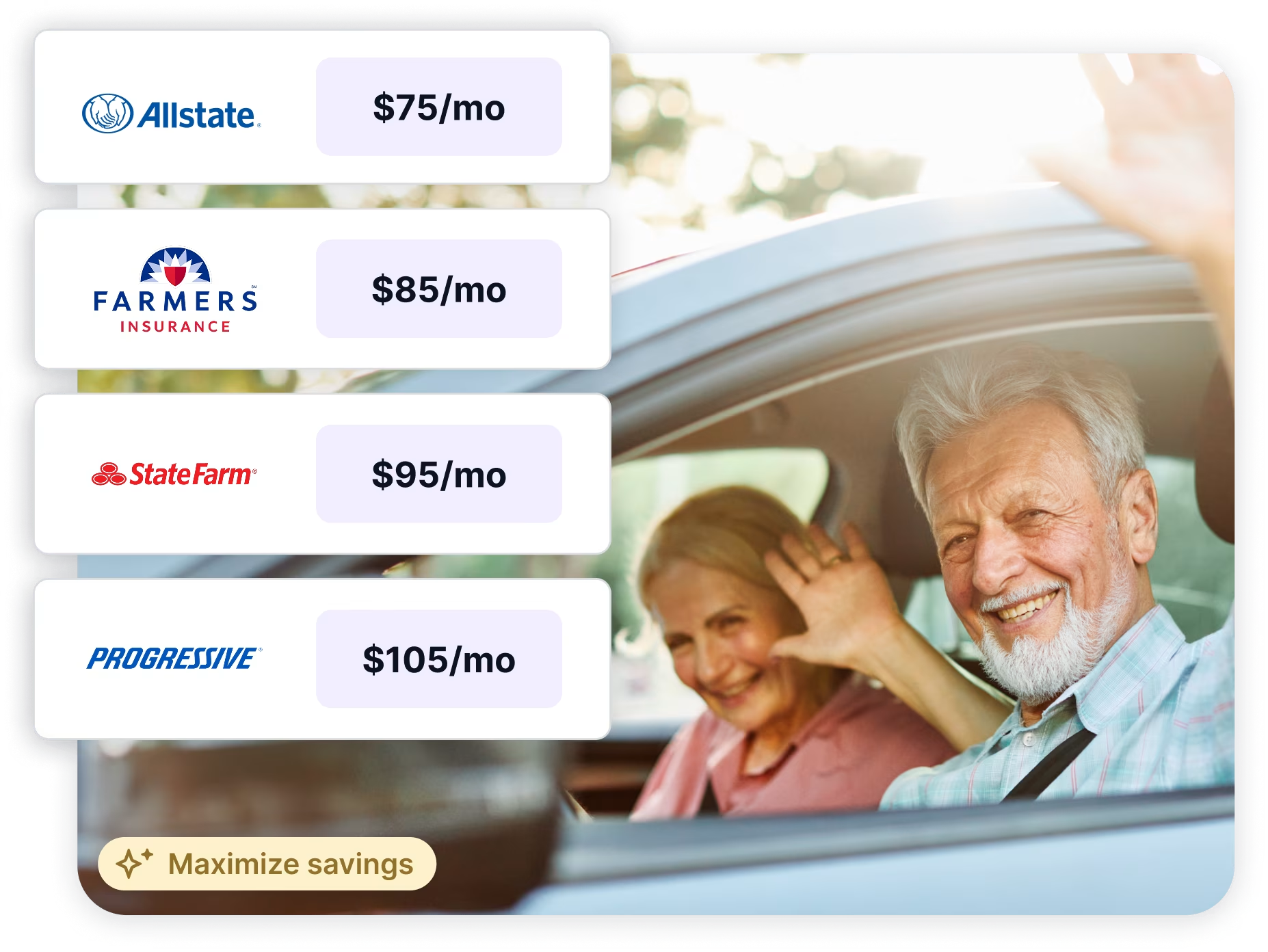
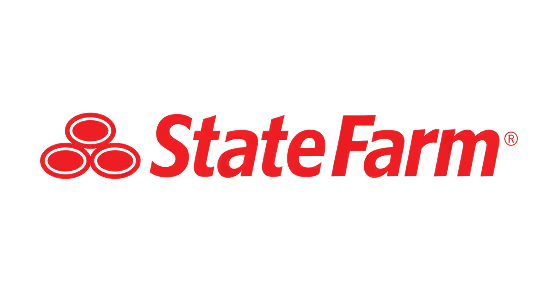
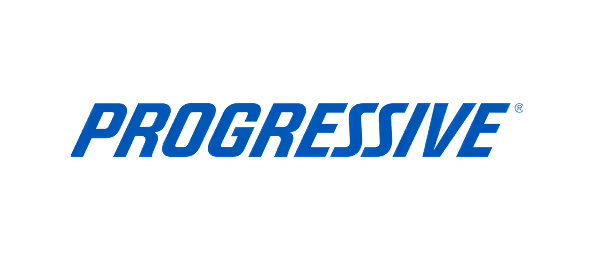






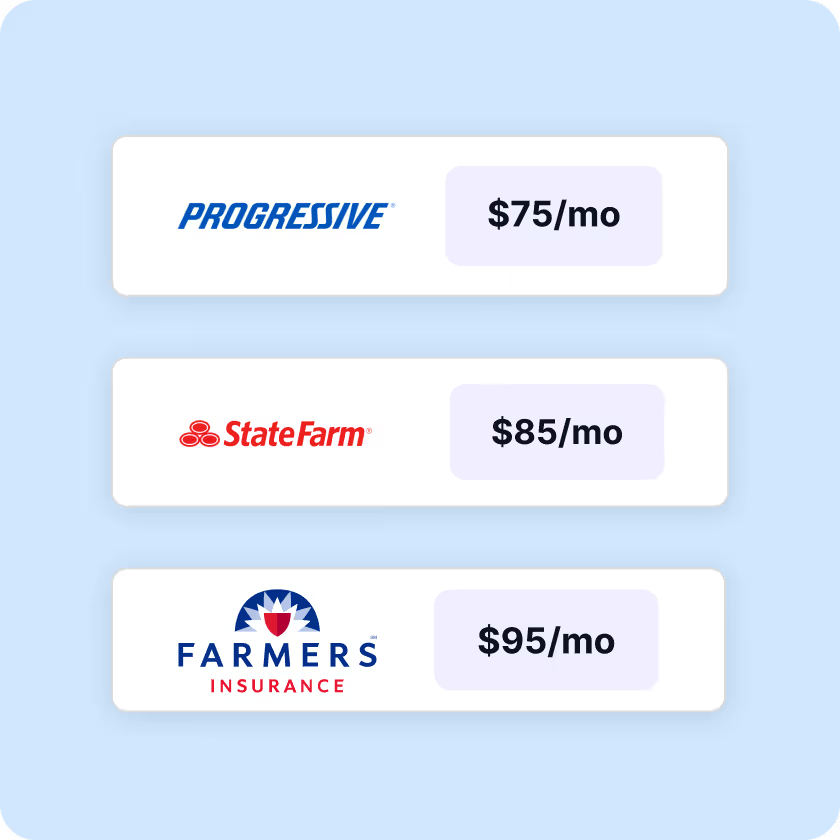
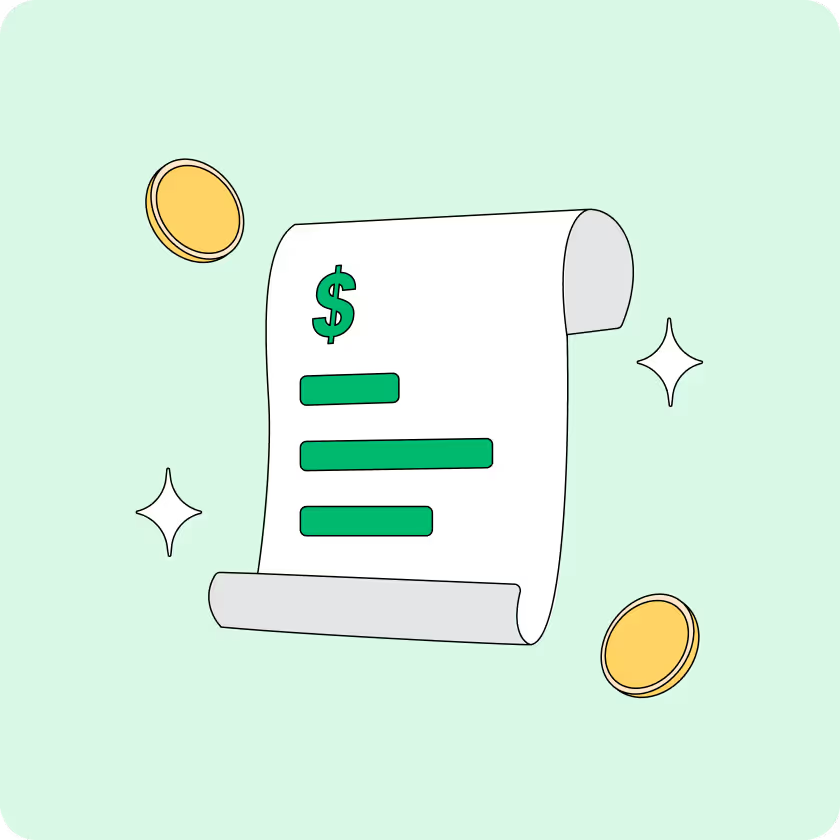







.webp)


















.webp)



.webp)

